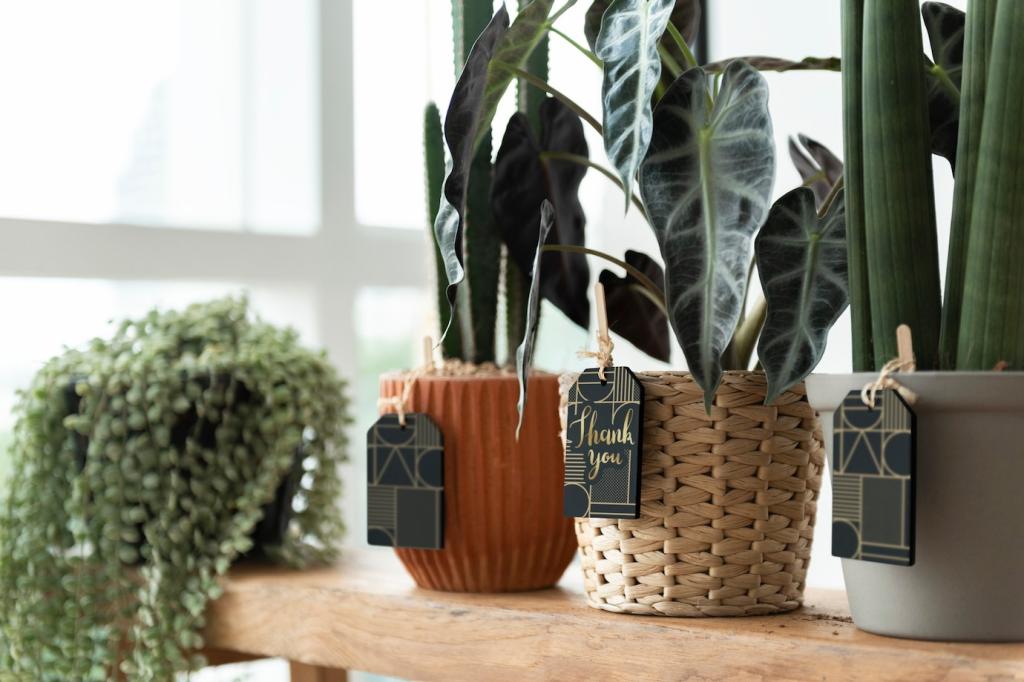Passive First, Tech Second
Orient for sun, shade wisely, and sculpt openings to invite daylight without glare. Thermal mass, compact volumes, and operable windows reduce loads dramatically. Post a sketch of your favorite passive move and describe the comfort benefits you noticed.
Passive First, Tech Second
Continuous insulation, airtight detailing, and thermal-bridge mitigation create steady comfort and smaller equipment. Think meticulous tapes, gaskets, and mockups. What blower-door lessons changed your detailing? Your tip could save someone’s winter energy bill and frustration.





